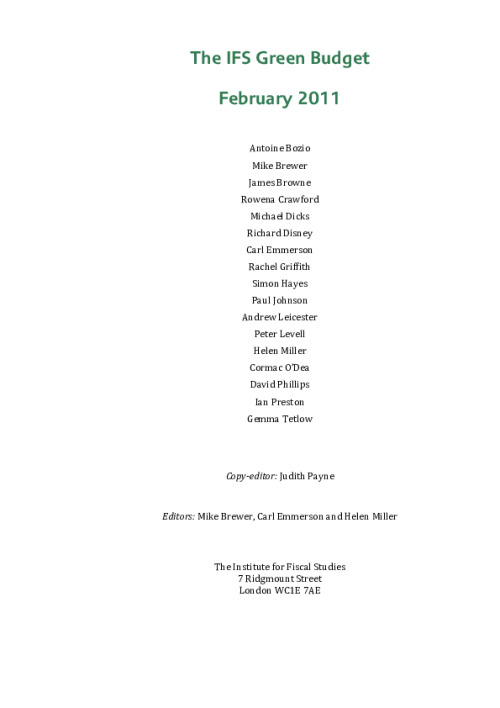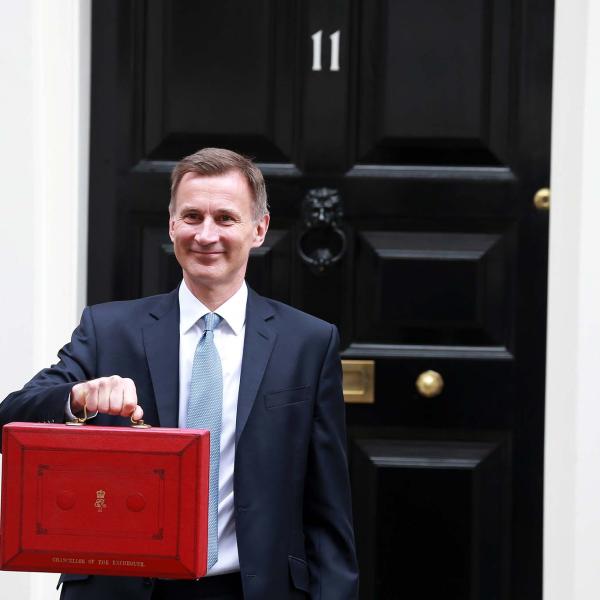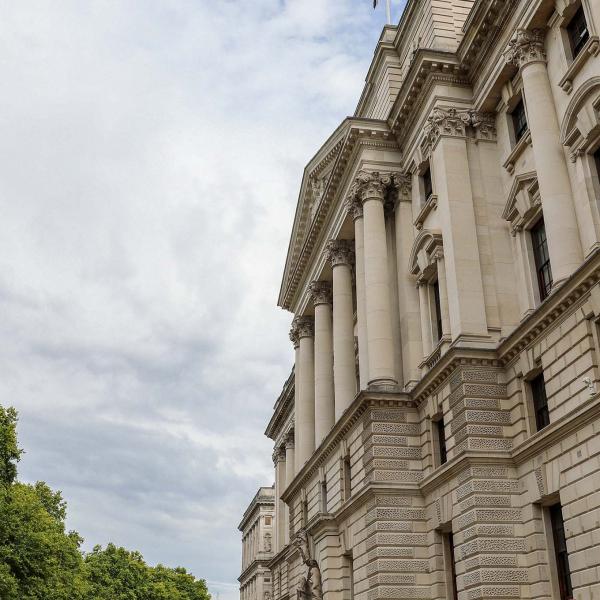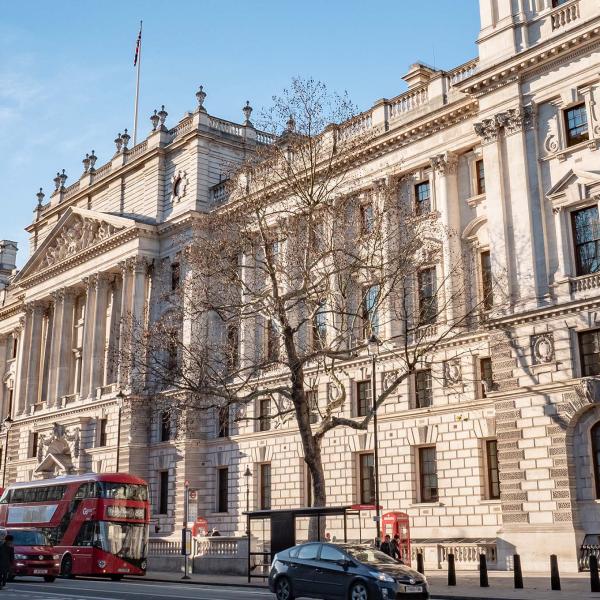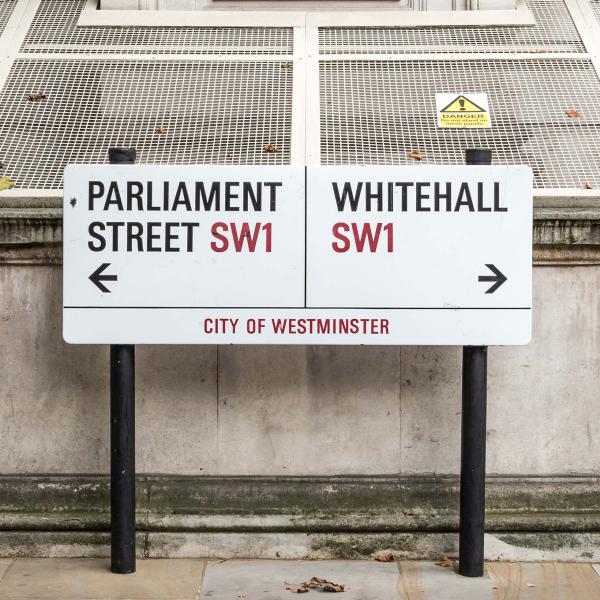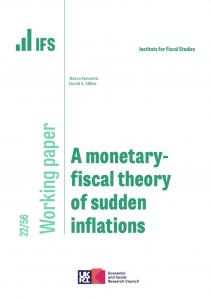The Green Budget 2011 was edited by Mike Brewer, Carl Emmerson and Helen Miller, and copy-edited by Judith Payne. It was produced in collaboration with Barclays Capital and Barclays Wealth and with additional funding from the ESRC-funded Centre for the Microeconomic Analysis of Public Policy at IFS. |
|
SUMMARY
Chapter 1: CHECKING OUT THE SUPPLY SIDE OF THE ECONOMY
1.1 Introduction
1.2 Recent estimates of 'supply'
1.3 Using survey data to gauge 'supply'
1.4 How we expect potential GDP to evolve
1.5 Are output gaps actually useful?
1.6 Conclusion
Chapter 2: THE NEW FISCAL FRAMEWORK: AN ASSESSMENT
2.1 Introduction
2.2 Borrowing and debt through the crisis
2.3 The new borrowing target
2.4 The new debt profile target
2.5 The Office for Budget Responsibility
2.6 Conclusion
Chapter 3: FISCAL VULNERABILITY: A STOCKTAKE
3.1 Introduction
3.2 Financial markets and the public finances
3.3 Measuring fiscal vulnerability
3.4 Risks
3.5 Conclusion
Chapter 4: THE ECONOMIC OUTLOOK
4.1 Introduction
4.2 Demand drivers
4.3 Inflation prospects
4.4 Conclusion
Chapter 5: GREEN BUDGET PUBLIC FINANCE FORECASTS
5.1 Introduction
5.2 Errors in forecasting borrowing for 2009-10
5.3 Baseline forecasts
5.4 Alternative macroeconomic assumptions
5.5 The Budget judgement
Chapter 6: PUBLIC SPENDING CUTS: PAIN SHARED?
6.1 Introduction
6.2 Trends in UK public spending
6.3 Spending Review 2010
6.4 Did previous spending cuts go to plan?
6.5 The system for planning public spending
6.6 Conclusion
Chapter 7: PUBLIC SECTOR PAY AND PENSIONS
7.1 Introduction
7.2 The total public sector pay bill
7.3 Public sector earnings
7.4 Public sector employment
7.5 Public sector pensions
7.6 Conclusion
Chapter 8: MEASURING THE DISTRIBUTIONAL IMPACT OF PUBLIC SERVICE CUTS
8.1 Introduction
8.2 Can we measure the distributional impact of spending on public services?
8.3 What can existing studies tell us about the distributional impact of planned cuts
8.4 Conclusion
Chapter 9: DEFINING A TAX STRATEGY
9.1 Introduction
9.2 The need for a tax strategy
9.3 The elements of a strategy
9.4 The prize
9.5 The policymaking process
9.6 Conclusion
Chapter 10: CORPORATE TAXES AND INTELLECTUAL PROPERTY
10.1 Introduction
10.2 Issues in designing corporate taxes
10.3 UK corporate income taxes
10.4 The taxation of innovation and the Patent Box
10.5 How to tax offshore intellectual property
10.6 Conclusion
Chapter 11: ENVIRONMENTAL POLICY
11.1 Introduction
11.2 Environmental targets
11.3 Fiscal policy and the environment
11.4 Environmental policy reforms: enacted, planned and potential
11.5 Consistency of carbon prices
11.6 Conclusion
Chapter 12: THE IMPACT OF TAX AND BENEFIT CHANGES TO BE IMPLEMENTED IN APRIL 2011
12.1 Introduction
12.2 Tax and benefit changes due in April 2011
12.3 The distributional impact of the tax and benefit changes due in April 2011
12.4 The impact on work incentives
12.5 Conclusion
Appendix A: Forecasting public finances
Appendix B: Calculating implicit carbon taxes
Appendix C: Headline tax and benefit rates and thresholds
Appendix D: Abbreviations
© The Institute for Fiscal Studies, January 2011
